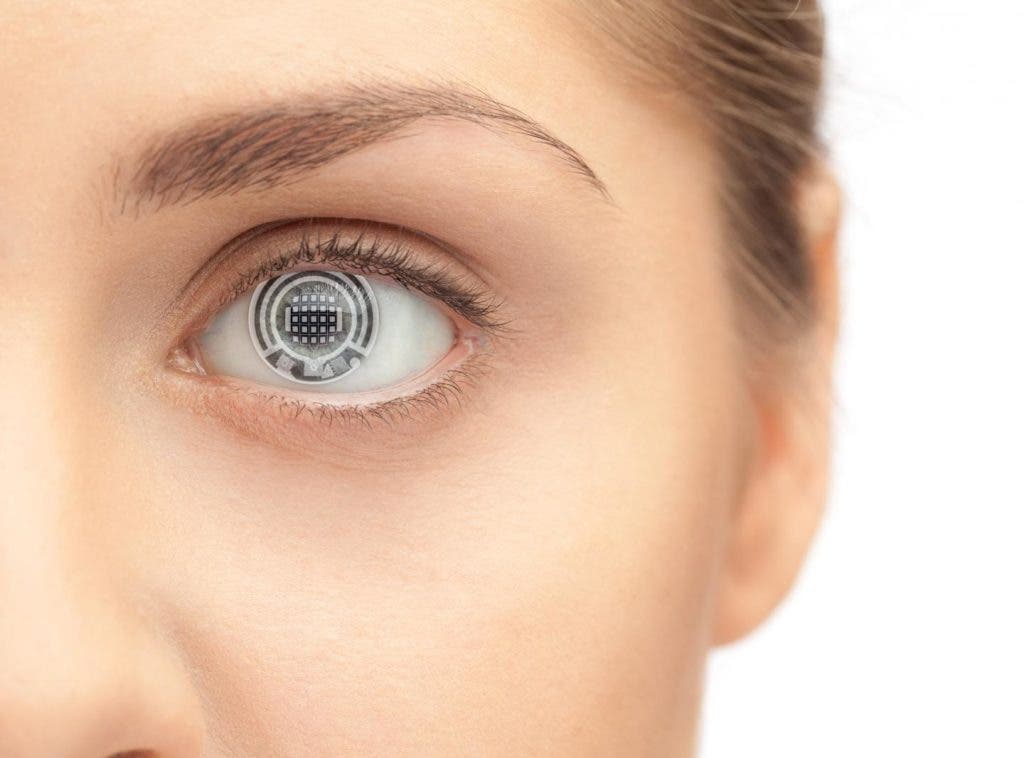Imagine a contact lens that looks like any other, but that can constantly monitor your blood glucose. For patients with diabetes, who have to deal with blood pricks and electrodes on a daily basis, it could be a dream. Scientists are working to make this vision a reality. Transparent biosensors that are integrated into a lens could continuously monitor blood glucose without invasive tests. The technology is based on the same material that gives smartphones more vivid displays. A similar system could also be used to detect cancer or other medical conditions early.
Sensing glucose
Currently, people with diabetes need to prick themselves to get a drop of blood to test their blood glucose. Continuous glucose monitoring would be more useful because they could know how high their blood glucose is at any given time. The only way to do that now is to insert electrodes under the skin, which can be painful and the electrodes can cause skin irritation or infections.
Dr. Gregory S. Herman at Oregon State University saw the potential for bio-sensing lenses based on his experience in industry. Herman and two colleagues invented a compound made of indium gallium zinc oxide (IGZO) for electronic devices. This semiconductor increased the resolution on screens such as on TVs, smartphones, and tablets. It was an important discovery because it saved power and improved the sensitivity of touch screens.

Herman and his colleagues used the same material as a biosensor for glucose. They created a transparent layer of IGZO field-effect transistors and glucose oxidase (an enzyme that breaks down glucose). When glucose comes in contact with the layer, the enzyme oxidizes the blood sugar. The pH levels shift and trigger electrical currents running through the IGZO transistor. These electrical currents can be transmitted to a wireless device and read as results.
However, glucose levels are much lower in the eye than in the interstitial fluid where they are usually measured. The sensors in the contact lens need to be extremely sensitive to detect blood glucose. To make the lenses more sensitive, the researchers created nanostructures in the IGZO biosensor that can detect a very low amount of glucose. These first steps of progress have been presented at an American Chemical Society meeting, but work is ongoing. A prototype for animal testing is estimated to be about a year away.
“These biosensors probably won’t put blood labs out of business,” says Gregory S. Herman, Ph.D. “But I think that we can do a lot of diagnostics using information that can be extracted from tear drops in the eye.”
Other applications
Bio-sensing contact lenses would be easy to use and painless. They also have the added benefit of being invisible, so the wearer wouldn’t be self-conscious of them. In the final product, more than 2,500 biosensors (each measuring a different bodily function) could be embedded in a 1-millimeter square patch of a contact lens. They could transmit health information to smartphones or other devices with a Wi-Fi or Bluetooth connection.

The bio-sensing contact lens could be used to measure uric acid as an indicator for kidney function. It could also detect cancer and other serious conditions early. However, there are a few hurdles to pass before the lens is successful. A few difficulties encountered so far are that blood glucose takes about 20 minutes to appears in tear fluid. This amount of time could be too long for patients at risk for hyperglycemia. There are other challenges to make the lenses accurate, reliable and efficiently mass-produced.
This team is not the only one working on biosensor contact lenses. Scientists at the University of Houston have integrated an optical sensor made out of a network of gold nanowires on gold film into a lens. By using a method that analyzes the scattering of light, the gold optimizes the signal so that it can be detected from small samples. Other techniques included boronic acid fluorophores and concanavalin A, though there have been technical difficulties with both of them. Google even has a patent to develop a glucose sensing contact lens.
There are some technical obstacles to pass, but bio-sensing contact lenses could allow easy health monitoring.


